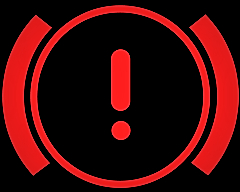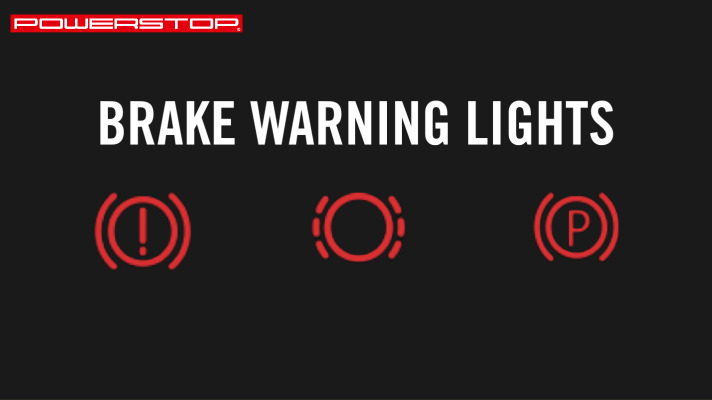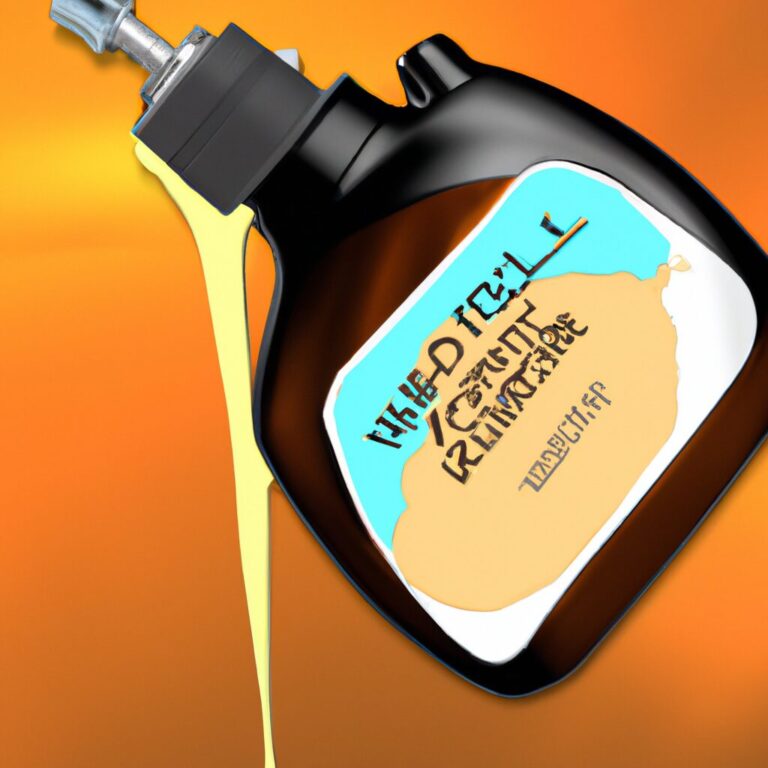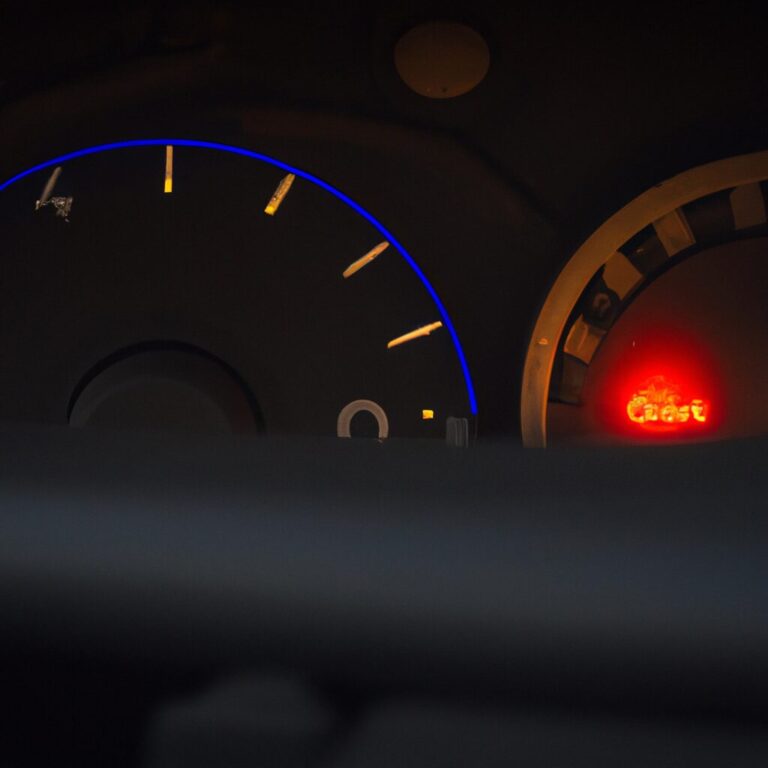How to Check Brake Light
To check brake lights, have someone press the brake pedal while you inspect them for illumination. Brake lights signal when the vehicle is slowing down or stopping.
As an essential safety feature, ensuring they are functioning properly is crucial. Neglecting brake light maintenance can result in accidents and potential legal repercussions. By routinely checking and maintaining your brake lights, you can contribute to a safer driving environment for yourself and others on the road.
Regular inspection and replacement of faulty brake lights can prevent rear-end collisions and effectively communicate your intentions to other drivers. Taking the time to check your brake lights is a simple yet impactful way to prioritize road safety.

Credit: www.stoneacre.co.uk
Importance Of Brake Lights
Brake lights are an essential safety feature on every vehicle, serving as a critical component in ensuring road safety and communicating your intentions to other drivers. These small yet vital lights alert those behind you to your deceleration, making them aware of your vehicle’s movements and preventing potential collisions.
Ensuring Road Safety
Brake lights play a crucial role in enhancing road safety by providing a clear indication to following drivers when you are slowing down or coming to a stop. This is especially important in adverse weather conditions or low visibility, where the visibility of your vehicle may be reduced. Regular checks of your brake lights can help ensure they are functioning properly, contributing to safer road conditions for everyone.
Signaling Your Intentions
Aside from their safety benefits, brake lights also serve as a form of communication between drivers. By signaling your intentions to slow down or stop, you are effectively informing others on the road of your next move, reducing the chances of rear-end collisions and promoting a smoother flow of traffic. It’s crucial to maintain your brake lights to guarantee they are continuously providing this important visual cue to other drivers.
:max_bytes(150000):strip_icc()/rear-light-of-blue-car-101575484-5b8cb6b846e0fb0050b35ff4.jpg)
Credit: www.liveabout.com
Common Brake Light Problems
Brake lights are crucial for safe driving. Here are some common issues you may encounter:
Burnt Out Bulb
If your brake light isn’t working, a burnt out bulb could be the culprit. Check the bulb for any signs of damage or blackening.
Faulty Wiring
Another common problem is faulty wiring. Inspect the wiring harness for any fraying or disconnects that could be causing the issue.
Brake Light Switch Malfunction
The brake light switch is responsible for activating the lights when the brake pedal is pressed. If this switch malfunctions, your brake lights may not work as intended.
Tools And Materials For Checking Brake Lights
Proper tools and materials are essential for effectively checking and maintaining your brake lights for optimal safety on the road.
Screwdriver
A screwdriver is a versatile tool that can be used to access the brake light cover for inspection and replacement.
Replacement Bulbs
Having replacement bulbs on hand ensures you can quickly replace any burnt-out brake light bulbs for immediate safety.
Electrical Tester
An electrical tester is crucial for checking the connectivity and voltage of the brake light system to diagnose any electrical issues.
Step-by-step Guide To Checking Brake Lights
When it comes to vehicle safety, checking your brake lights regularly is crucial. Faulty brake lights can compromise road safety, affecting your ability to signal to other drivers and avoid potential accidents. In this step-by-step guide, we will walk you through the process of checking your brake lights to ensure they are functioning properly.
Locating The Brake Light Bulb Housing
Begin by locating the brake light bulb housing on your vehicle. This can typically be found at the rear of the vehicle, often within the taillight assembly. On some vehicles, accessing the brake light bulb housing may require removing a panel or accessing it from the trunk area.
Removing The Bulb Housing Cover
Once you have located the brake light bulb housing, carefully remove the cover to access the bulbs inside. This may involve unscrewing the cover or using a tool to release the housing, depending on the specific design of your vehicle.
Inspecting The Bulb And Wiring
- Inspect the condition of the brake light bulb for any signs of damage or discoloration. If the bulb appears faulty, it may need to be replaced.
- Check the wiring connected to the bulb for any fraying or damage. Ensure that the connections are secure and free from corrosion.
Testing The Brake Light Circuit With An Electrical Tester
Using an electrical tester, carefully test the brake light circuit to ensure that power is reaching the bulb properly. This involves probing the wiring and connections to verify that the electrical circuit is functioning as intended.
Additional Tips And Precautions
When it comes to ensuring the safety of your vehicle, checking your brake lights regularly is crucial. In addition to the basic steps mentioned earlier, here are some additional tips and precautions you should keep in mind:
Consulting The Vehicle Manual
Before attempting to check or replace your brake lights, it is always a good idea to consult your vehicle’s manual. The manual will provide you with specific instructions and diagrams tailored to your vehicle’s make and model, ensuring that you follow the correct procedure. Different vehicles may have variations in the process, so it’s essential to rely on the manual for accurate guidance.
Replacing Bulbs As A Set
When one brake light bulb burns out, it might be tempting to simply replace that one bulb. However, it is advisable to replace all the brake light bulbs as a complete set. Over time, all bulbs tend to wear out at a similar rate. By replacing them together, you ensure consistent brightness and avoid the hassle of having to check and replace individual bulbs frequently. Plus, purchasing a set of bulbs is often more cost-effective than buying them individually.
Seeking Professional Help
If you are unsure about the process of checking or replacing your brake lights, or if you encounter any difficulties during the inspection, seeking professional help is recommended. A mechanic or an automotive specialist can provide expert guidance, ensuring that the brake lights are checked and replaced correctly. They have the necessary tools, knowledge, and experience to handle the job effectively, giving you peace of mind knowing that your brake lights are in good hands.

Credit: www.powerstop.com
Frequently Asked Questions On How To Check Brake Light
How Do You Check Your Brakes Yourself?
To check your brakes yourself, follow these steps: 1. Listen for any abnormal noises while braking, such as squeaking or grinding. 2. Check the brake fluid level and condition. 3. Inspect the brake pads and rotors for wear. 4. Test the brake pedal’s responsiveness and firmness.
5. If you notice any issues, consult a professional mechanic for further inspection and repairs.
How Do I Know Why My Brake Light Is On?
The brake light could indicate low brake fluid, worn brake pads, or a faulty sensor. It’s important to have a mechanic diagnose the issue to ensure your safety.
Is My Brake Light Or Tail Light Out?
Check your brake and tail lights by having someone observe as you press the brake pedal. If a light does not illuminate, it may be out.
How Would A Driver Know That A Brake Light Bulb Is Not Working?
A driver would know a brake light bulb is not working if the brake lights don’t illuminate when pressing the brake pedal.
How Do I Check If My Brake Light Is Working?
To check if your brake light is working, have someone stand behind the car while you press the brake pedal. If the light doesn’t illuminate, it may need to be replaced.
Why Is It Important To Check The Brake Light?
Checking the brake light is important because it ensures your safety on the road. A malfunctioning brake light can lead to accidents and traffic violations.
How Often Should I Check My Brake Light?
It’s recommended to check your brake light once a month to ensure it’s in proper working condition. Regular checks can help prevent any unexpected issues.
Conclusion
Regularly checking your brake lights is crucial for safety on the road. By following the simple steps outlined in this blog post, you can ensure that your vehicle’s brake lights are functioning properly, reducing the risk of accidents. Don’t overlook this important maintenance task—stay safe and stay informed.





